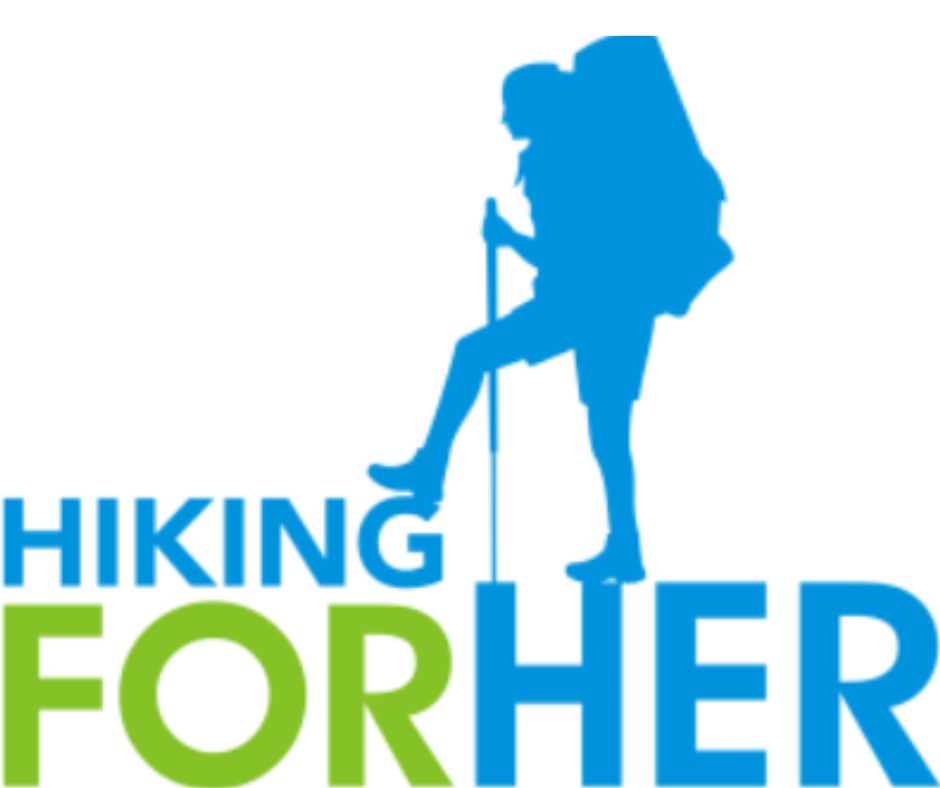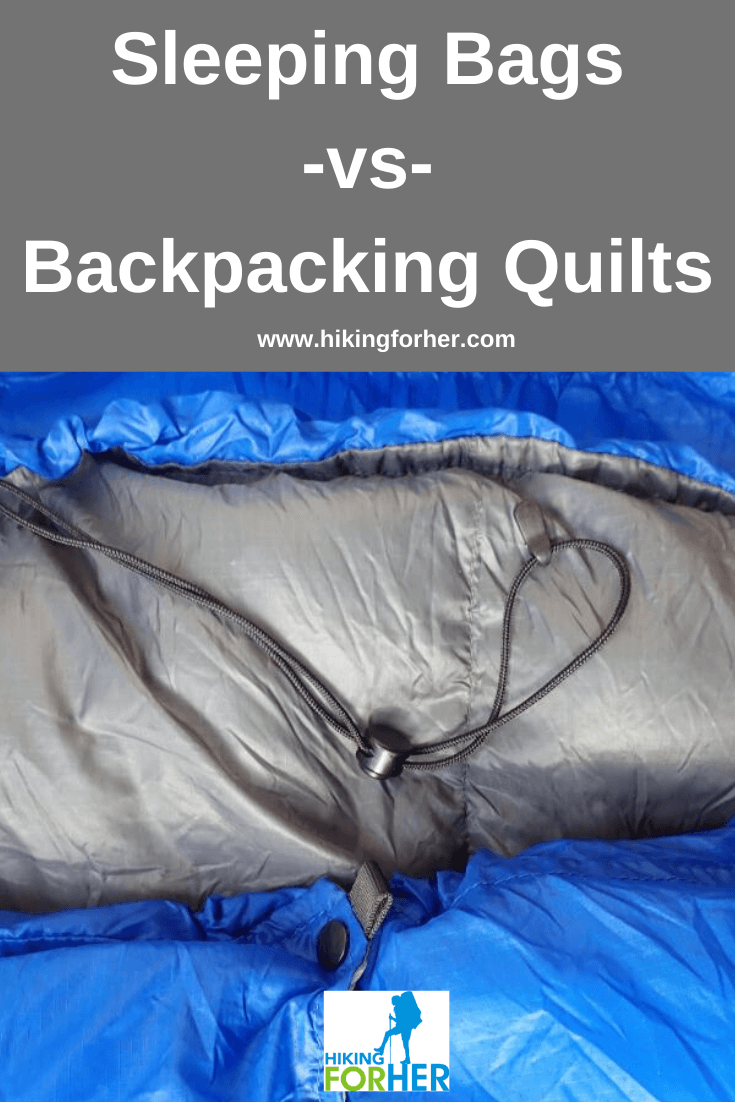Sleeping Bags
Versus
Backpacking Quilts:
Which Is Better For Hikers?
By Diane Spicer
Sleeping bags versus backpacking quilts
Which to use?
It's a valid concern.
Putting together a sleep system that works well for you on a backpacking trip is important for your comfort and safety.
- Plus, a sleep deprived backpacker or camper is usually one very cranky individual. No fun on the trail!
When you think about your sleep system at home, you will realize that it has several "moving parts":
- Mattress (support and comfort)
- Sheets & pillow cases (temperature control & softness)
- Blankets (warmth and cushioning)
- Comforter or quilt or some sort of "top" layer (coziness)
Now imagine yourself carrying all of that in your backpack.
Whoa.
Exactly!
You want a comfortable, warm, durable place to sleep each night on a backpacking or camping trip, but you don't want to lug around a lot of weight or bulkiness.
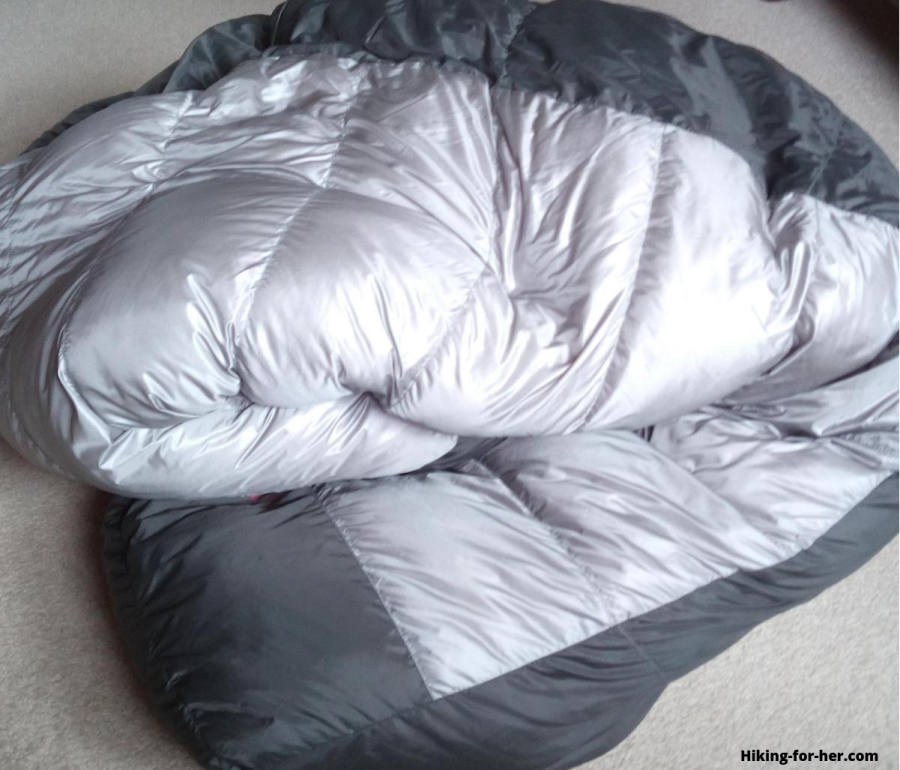 At night, all that stands between you and the cold environment on your backpacking trip is this. Choose carefully!
At night, all that stands between you and the cold environment on your backpacking trip is this. Choose carefully!And you have to clean it once you're safely back home.
Seems like a tall order, doesn't it?
So let's make this comparison of sleeping bags versus backpacking quilts super simple: just three key considerations.
Sleeping bags versus
backpacking quilts?
3 key factors
To help you wrestle with finding your personal answer to this question, let's look at the strong points and drawbacks of each of these important pieces of hiking gear.
We'll use three lenses:
-
design
- the type of sleeper you are (not only preferred sleeping position, but level of activity as you sleep)
- cost (related to quality)
All of this information is geared to help you make a good decision about this integral component of your camping and backpacking sleep system.
In a hurry?
Skip to the punch line!
Sleeping bags versus
backpacking quilts:
design features
When I began backpacking in the 1970s, I had a synthetic sleeping bag that was not only way too big and heavy for me, but woefully inadequate for the rain, wind and cold temperatures I faced.
Sleeping bag designs have come a very long way since then. And I've kept my eye on them over the decades, cheering for the smart moves and shaking my head at some of the hype.
And quilts? Not even invented yet for the trail!
Let's zoom in on who you are as a hiker, and then focus on what you need in your sleep system.
How tall and wide are you?
Never carry an ounce (or gram) more than you need.
That rule applies to your sleeping bag or backpacking quilt every bit as much as to your camp kitchen and backpack.
If you're petite in stature but need more width to be comfortable at night, your choices will differ from someone who is tall and lean.
Obviously, this is common sense. But it gets overlooked way too often when considering sleeping bags versus backpacking quilts.
Shopping tips:
- Most gear manufacturers list the length and width of their products, so be sure you know yours exactly.
- Save time by narrowing down your options, with your personal dimensions in mind. Why look at gear that won't perform well for you?
Tip: While a quilt can give you lots more width, you also need to be sure it is long enough to accommodate any "roll and tuck" maneuvers you enjoy in your sleep.
- Cold drafts beneath a quilt are trail buddies you'd rather not meet.
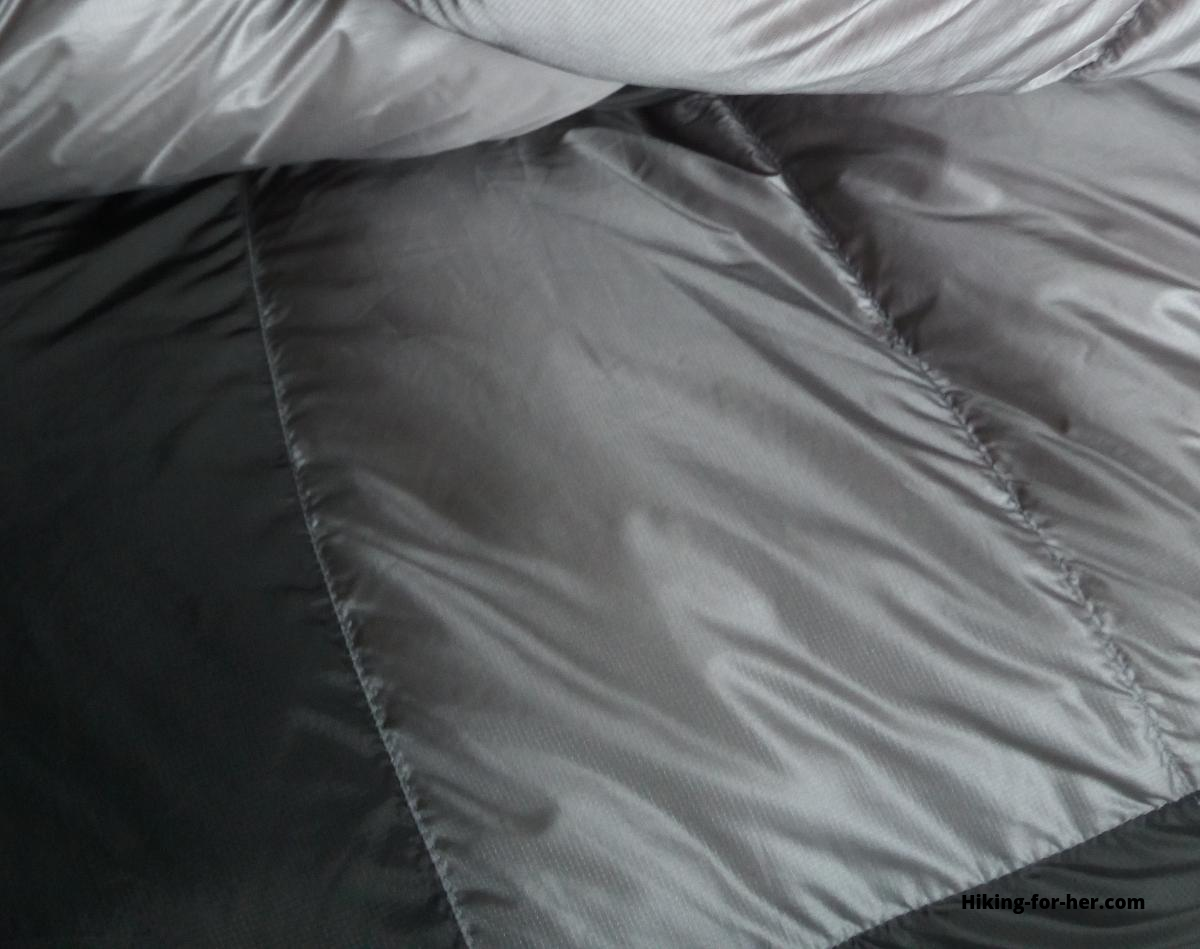
How claustrophobic are you?
Ever watch people climb into bed and get settled?
- Some tuck the covers around their ears and look like a hot dog safely encased in a warm bun.
- Others leave arms as well as neck and chest outside the covers.
- And some sleepers want absolutely nothing tucked in, so they can fling an arm or leg out as desired.
What's your style?
How much coziness can you stand? Or demand?
Quick rule:
Quilts allow lots more freedom of movement and will feel less confining, while sleeping bags provide a sense of security and full coverage.
A restless sleeper runs the risk of kicking off her protective layer of warmth, waking up from a sound sleep because of cold feet.
Left or right handed?
This is important for zipper placement on a sleeping bag.
Why feel continuously frustrated by having to use your non dominant hand to zip up the bag?
- And if you'd rather skip the zippers altogether, you're a quilt candidate for sure.
Sleeping bags versus
backpacking quilts:
your sleep preferences and habits
Just a few things to think about here.
Side sleepers curled into the fetal position may feel restricted and squeezed inside a tapered mummy sleeping bag, and greatly enjoy the luxury of rolling from side to side beneath a quilt.
- Although there are sleeping bags just for you!
Stomach sleepers can burrow to their heart's content into the soft warmth of a sleeping bag, but may find a quilt less confining for their arms.
Women tend to sleep "colder" than males, so ask yourself:
- Do you like to be warm and cozy for the entire night?
- Do you need the ability to cool down quickly from hot flashes?
A quilt is faster to get out of in the middle of the night, or to regulate the temperature of various areas of your body.
A sleeping bag keeps you warm all night once you capture your body heat, especially if you cinch the hood around your ears.
If you use a double walled tent, you will need less protective clothing compared with a backpacker curled up beneath a tarp.
- The tent walls and the rain fly will block cold drafts.
- Your body heat will stay (somewhat) within the walls if it escapes from your quilt or bag, so you can invest in lighter gear.
Tip: If the weather is warm and dry, you can get away with just a sleeping bag liner like this one!
So don't zero in on just the sleeping bags versus backpacking quilts question.
Step back and look at your shelter + destination + sleep system combination.
Sleeping bags versus
backpacking quilts:
cost and quality
In the outdoor gear world, you get what you pay for.
And sometimes more than you bargained for.
Literally.
A cheap piece of gear can become a very expensive acquisition if the gear fails to perform well for you during a backpacking trip.
And it can endanger your life if it fails to keep you warm, as with the gear we're discussing here.
This is especially true for newbie backpackers, who don't have a deep skill set to fall back on if the weather turns awful AND there's a gear malfunction or failure.
Bottom line for cost:
To save money, a backpacking quilt is the first thing you should look at.
But realize that if you jettison the hood and zipper for what is essentially a blanket, you will need to add more clothing to your sleep system.
- And that adds back weight, and could add frustration or hassle to your bedtime routine.
If you invest in a high quality quilt or bag, also invest time and effort into taking good care of it.
Or you can go the up front cheap route, knowing that you will need to replace this vital piece of camping equipment often if you continue to backpack.
Comfort is key!
After you've thought through all of the features, cost and quality trade offs, don't forget that your comfort at night is critical to a great backpacking trip.
If you don't sleep well, or at least get adequate amounts of rest, the trip will be a blur of fatigue and discomfort.
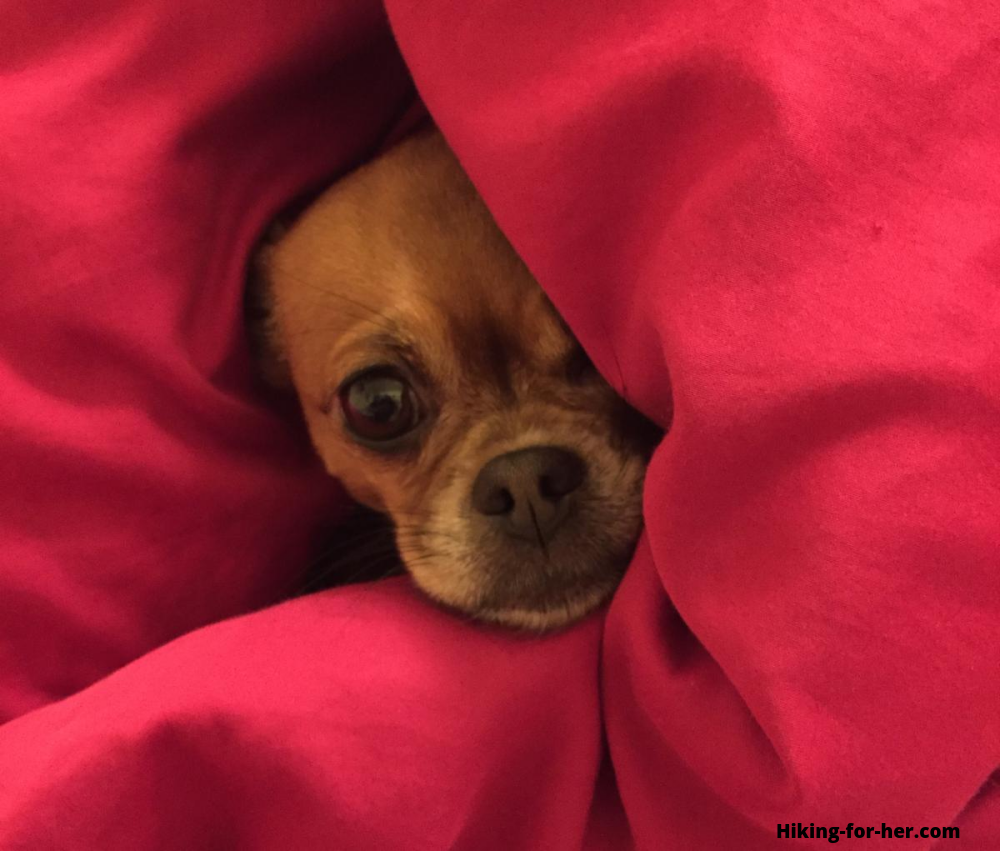 So be sure you feel snug and warm inside your sleep system.
So be sure you feel snug and warm inside your sleep system.Here are those links again, for lots of details on your options:
Never bargain away your sleep comfort, that's what Hiking For Her believes!
Home page > Best Hiking Tips >
Sleeping Bags Versus Backpacking Quilts
|
I get emails all the time about what I wear, eat, carry and love to use on the trail. That's
why I provide affiliate links to you: the best gear that I use myself and have seen used by other hikers is instantly
available for your consideration, and the gear company sends a few
pennies per dollar to this reader-supported hiking website. There is no added cost to you! Everyone ends up a winner: Great gear for you, strong gear companies, and more free hiking tips for everyone. Thanks very much for your support. It's warmly and sincerely appreciated. It also helps send these hiking tips to all your virtual trail buddies around the globe. |
 |
